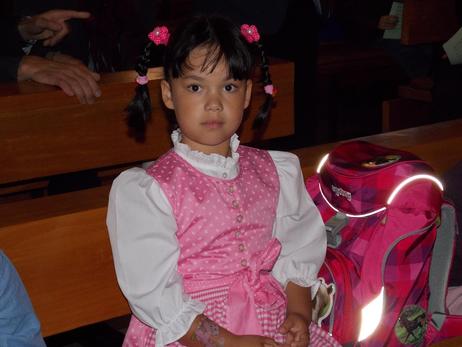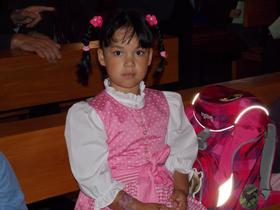The Impact of Global Enrollment Declines on U.S. Boarding School Pricing & Strategy
In 2025, U.S. boarding schools face a pivotal strategic moment as global enrollment trends shift and demographic pressures mount. This comprehensive analysis explores how worldwide declines in student mobility, coupled with evolving competitive dynamics, are reshaping tuition pricing, recruitment strategies, and institutional planning. For boarding school leaders, parents, and educators, understanding these shifts is essential for long-term sustainability and quality education delivery.
Introduction
For decades, international students have been a vital component of the boarding school ecosystem, contributing to cultural diversity and helping underwrite operating budgets through full-tuition payments. But recent data from higher education sectors indicate that global mobility is changing. Though much of the discourse focuses on universities, similar forces are now influencing boarding schools’ strategies, pricing, and enrollment outlooks.
This review examines:
What “global enrollment declines” mean for U.S. boarding schools
How pricing strategies are evolving in response
Strategic adaptations schools are implementing
What families and stakeholders should expect moving forward
Understanding the Enrollment Shift Global Trends Affecting Student Mobility
Across higher education landscapes, enrollment figures for international students have softened. Data on U.S. university enrollments from March 2024 to March 2025 show an 11.3% drop in international students, representing over 130,000 fewer students nationwide and an estimated loss exceeding

















